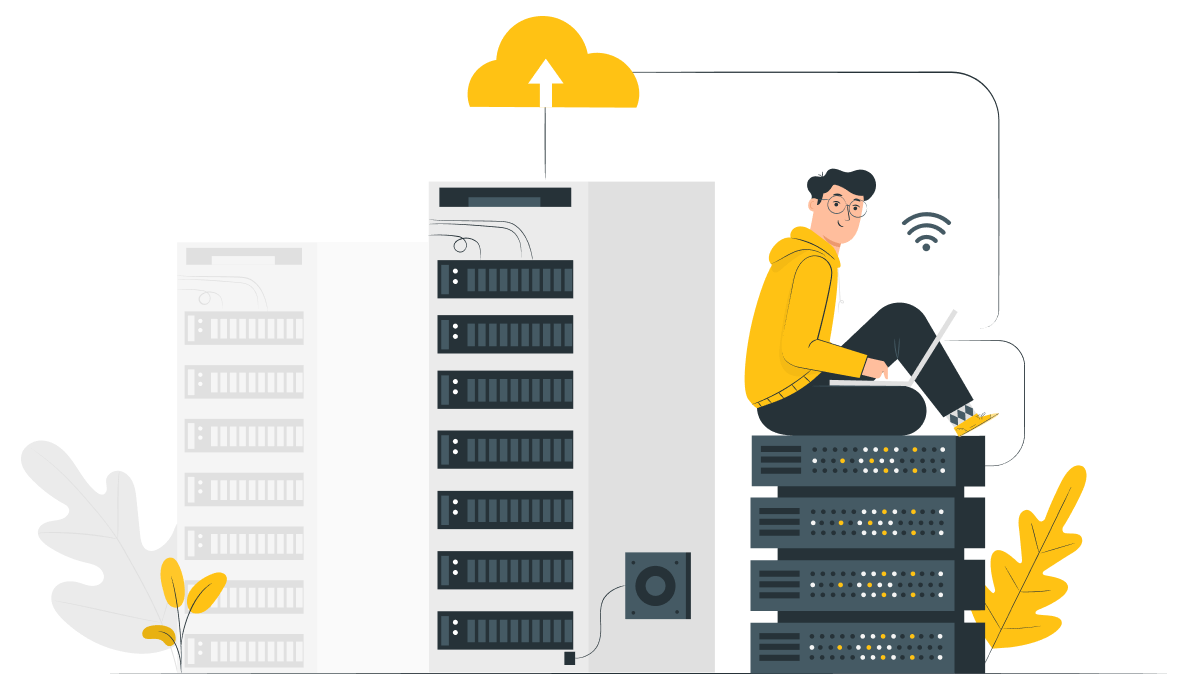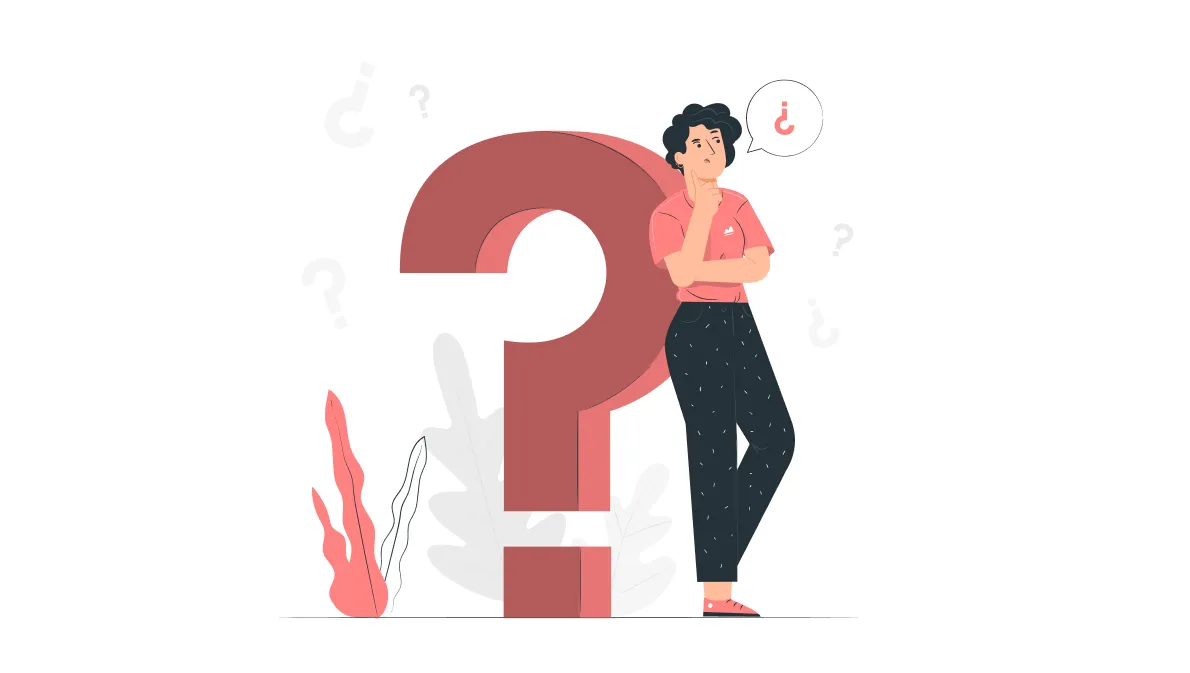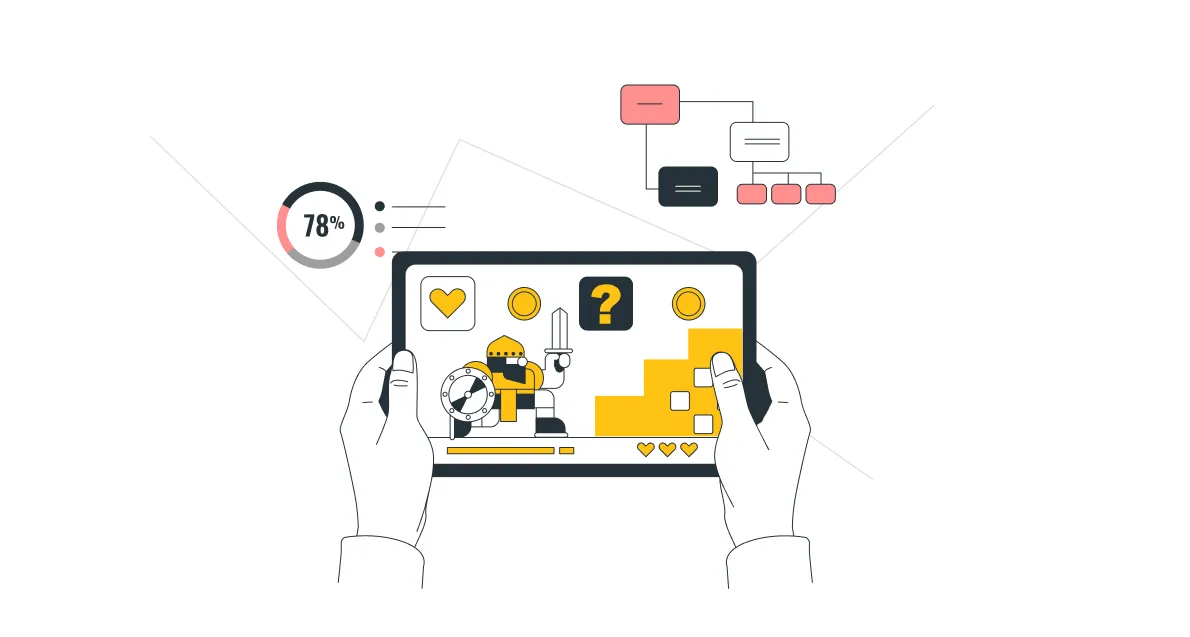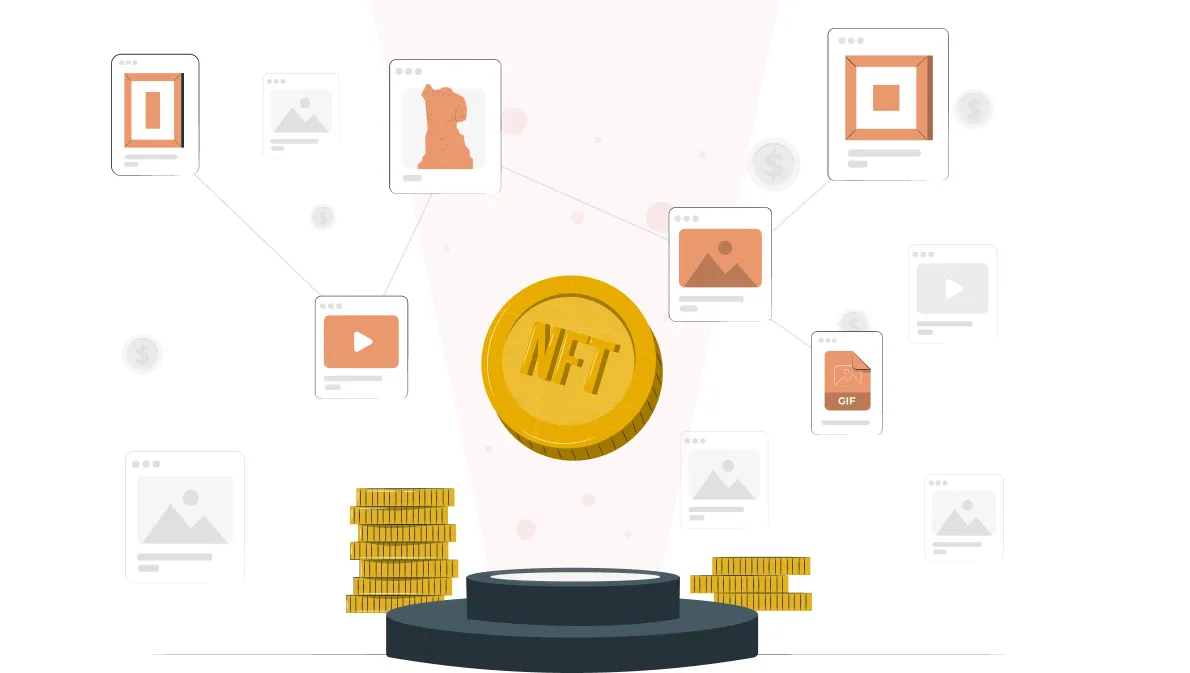At the current stage of development of mobile technologies applications have priority for most users before websites.
Previously, if you, for example, need to edit a document, or view reports, or just email to a colleague, you had to open your laptop or turn on the computer to perform scheduled tasks.
However now this is not necessary due to the presence of applications for smartphones that have the same functionality as computer programs, only adapted for small touch screens. In this article we will tell you what role the backend plays in creating this kind of software, and what part of the iceberg is hidden under water while we see its tip in the form of a seemingly tiny program.
Data storage
Any software is based on working with data. If we talk about mobile applications, there are many ways to store and interact with data. Using the example of applications for the iOS operating system, information can be contained in the local storage of the operating system using the standard library — Core Data .
Core Data is a powerful and flexible framework from Apple for storing and managing the object graph of your data model, built into the iOS operating system.
This tool allows you to save data inside the application , and, upon request, display the necessary information on the smartphone screen. The main advantage of this tool is the support and development by Apple itself, which guarantees the relevance and existence of the API of this framework throughout the life of the company. However, there is also a significant drawback — the speed of reading and writing data.
Along with Core Data, which is an object graph interacting with the SQLite database , developers often resort to using a cross-platform mobile database for iOS and Android — Realm.
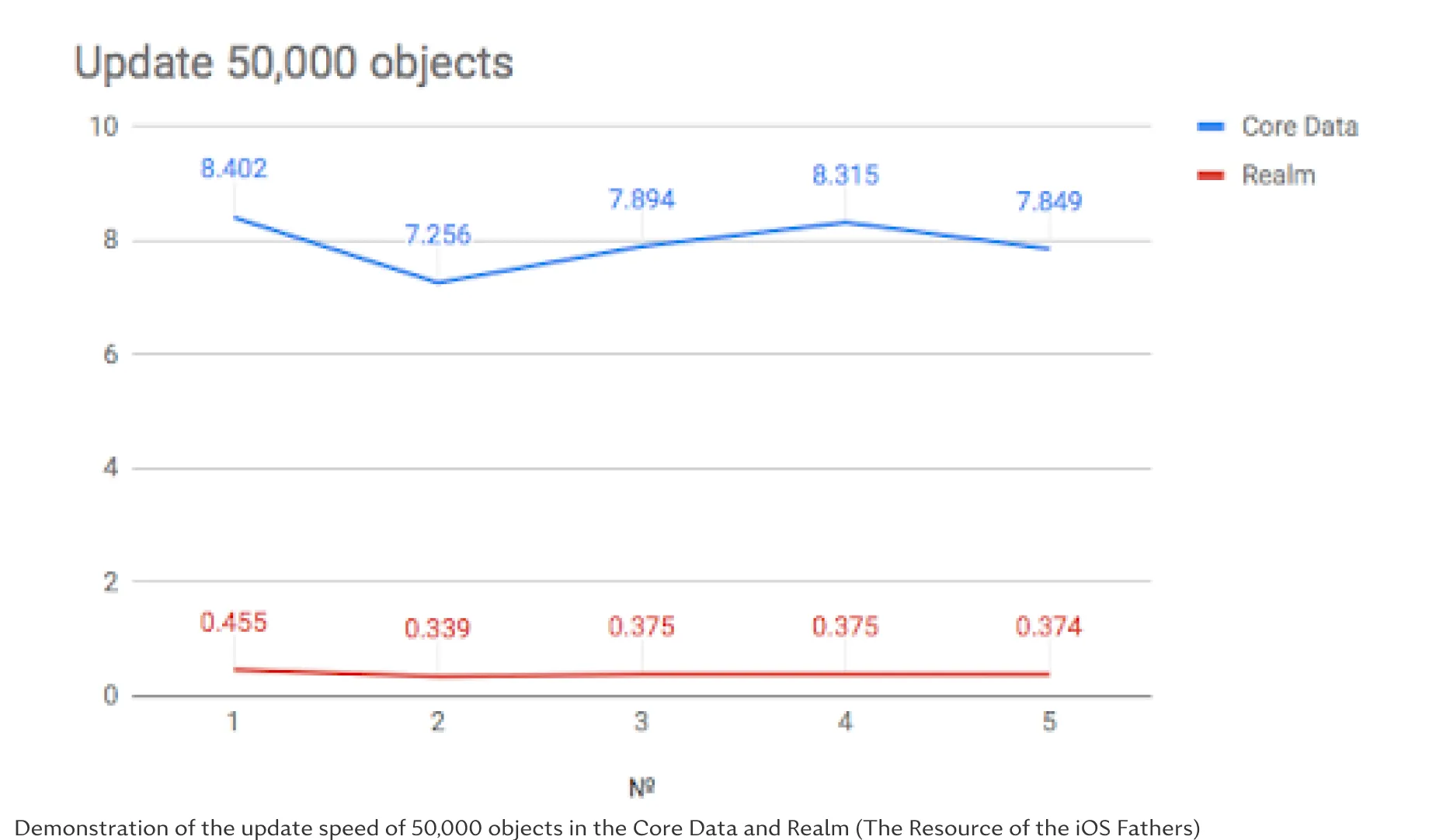
Thanks to the use of its own engine, which provides high speed and ease of use, the Realm mobile database executes queries and synchronizes objects much faster than Core Data, working on the zero-copy principle(no copying of data between intermediate buffers).
Both tools cope with the main task - data storage, but they do not provide synchronization between different devices and user accounts.
Data synchronization
There are various ways to achieve data synchronization. Let's look at the most popular:

1. CloudKit
This tool can cope quite well with data synchronization, but only within the framework of the iOS platform. If you need a mobile application not only for one operating system, then you will need to look for a different solution here.
2. Firebase
Another alternative to data storage and synchronization is the cross-platform cloud database Firebase, which allows users to store and receive stored information, and also has convenient means and methods of interacting with it. It has a lot of extensions such as:
- Firebase Auth — a service for authorization and registration of users. It also supports authorization by phone number, by account in social networks and many other authorization methods.
- Firebase DataBase — this service allows you to store simple data types on Firebase servers, such as string, numeric, date, reference (also inside the DATABASE) and nested objects. Additionally, a unique identifier is generated for each record, in case of editing, you can always find a specific record by this index, or by the specified parameters (for example, by the date of creation).
- Firebase Storage — unlike Firebase DataBase, it is designed to store files such as pictures, videos, multi-page documents and much more.
Firebase performs well as a remote server for simple projects, but if you use any third-party service, if you need to implement a more unique and complex solution, you will have to limit yourself to the available functionality.
It is also necessary to pay attention to the cost of maintenance. Firebase provides free access to its functionality for a certain number of requests per month. And if this limit is exceeded, a paid rate is activated, which is not always profitable when the number of users of the application increases.
3. Your personal remote server
Developing a server from scratch using an SQL database is the optimal solution for complex and unique projects. In this approach, you get a customized tool for managing data in your application, but you incur additional costs for paying for the services of the backend developer, and in no way should you save on these services. This is due to the fact that the backend is responsible for managing users ' personal data, and you are accordingly responsible for their safety. Therefore, when developing the server part, specialists will have to pay special attention to cybersecurity and further support of your project.
Also, the power of modern smartphones is great, but some tasks require more resources to process complex computational operations(comparing images, sorting algorithms, filtering large amounts of data, streaming video and audio, and so on), and therefore the backend acts not only as a recording/reading tool, but also performs most of the logic of a mobile application.
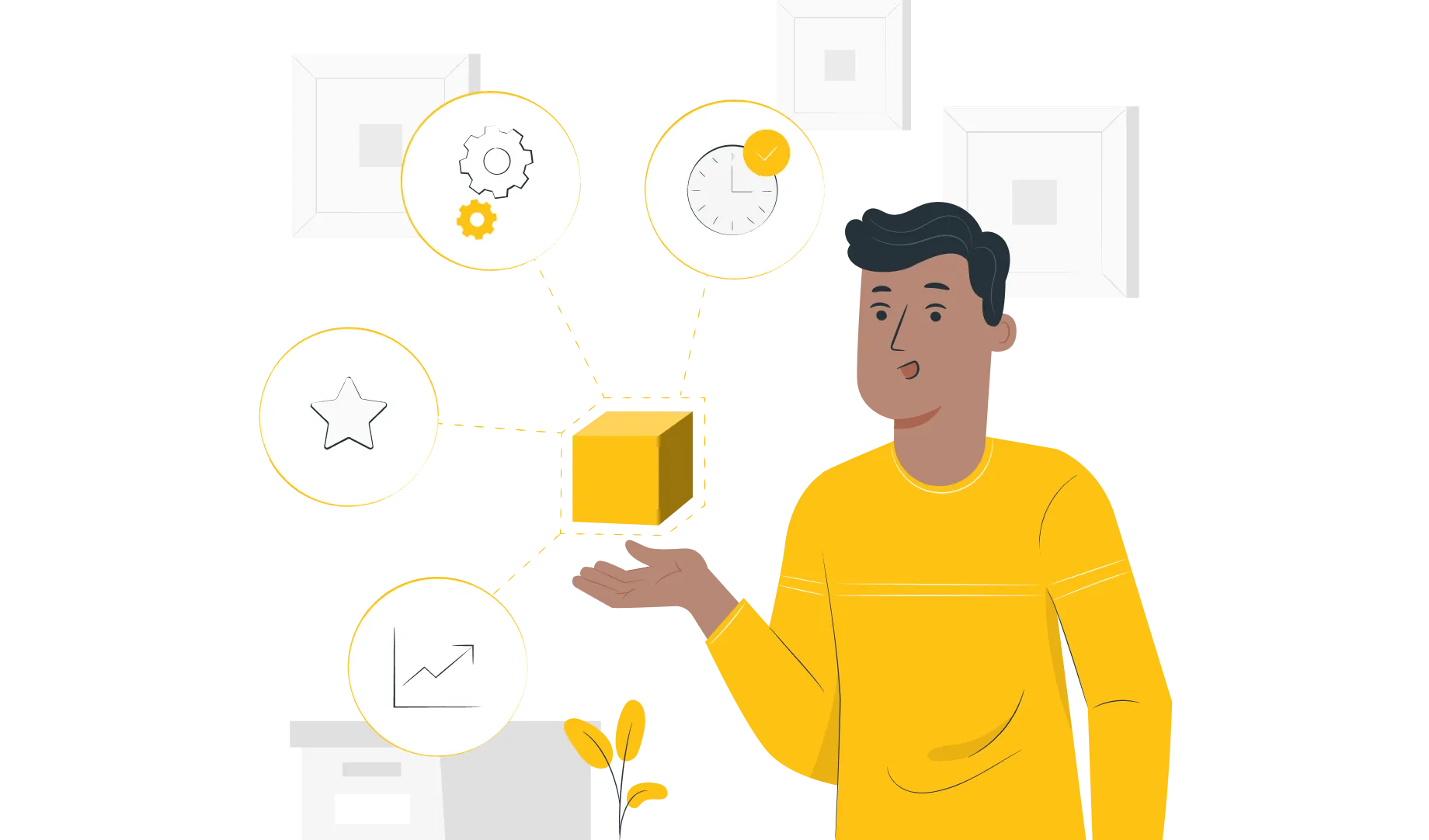
To summarize: mobile applications are called client-server due to the fact that the backend occupies a large and important part in the creation and life of this type of projects. This is a full-fledged platform, the development of which often requires as much time as the development of the client part of a mobile application.
Thanks for your attention. We hope this article has helped you in understanding the need for a server and the structure of your future project.

